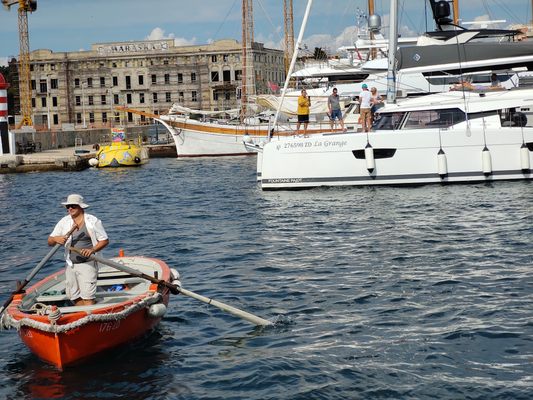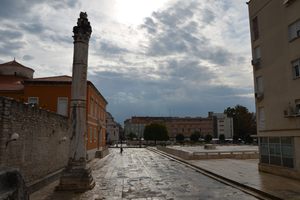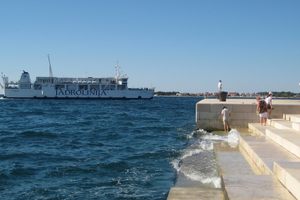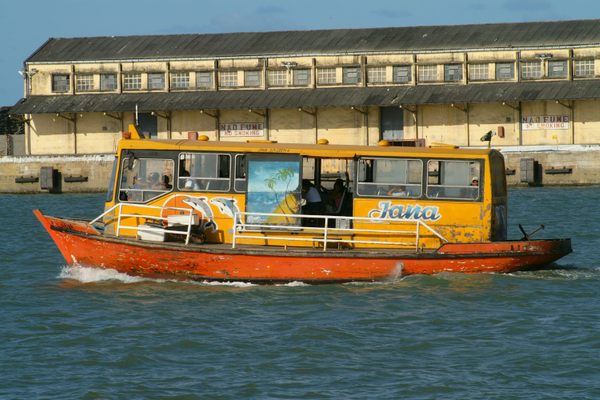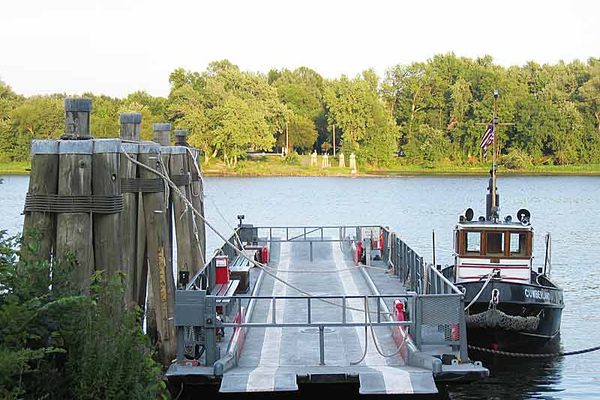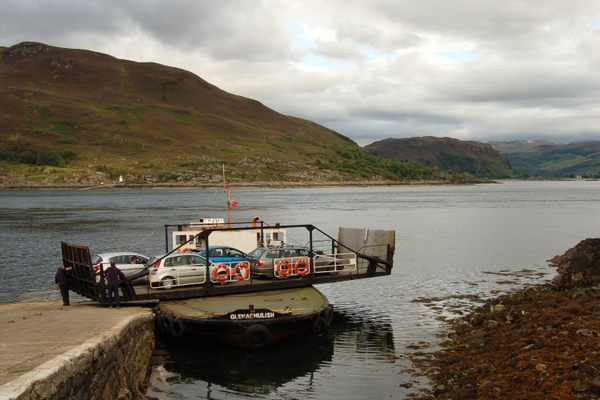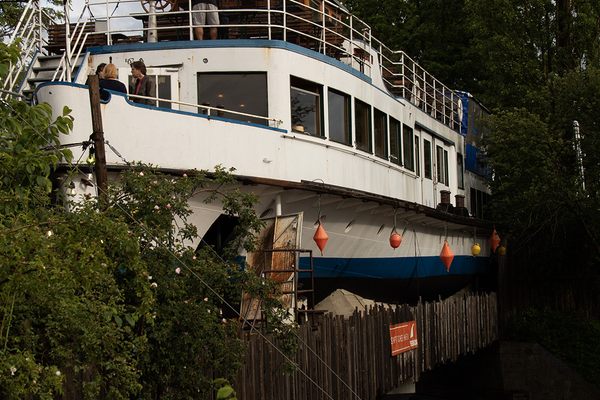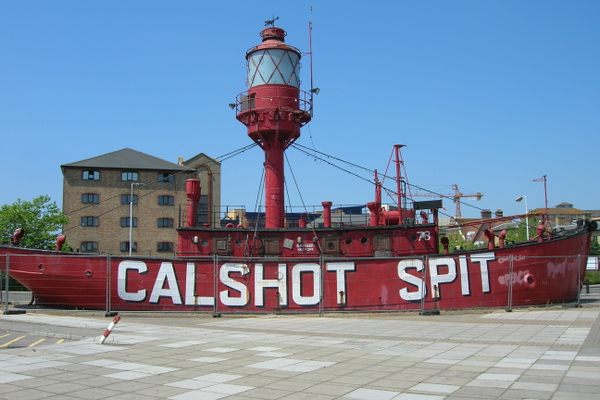About
Zadar, Croatia's fifth most-populated city, is defined by its geography. The Old Town, featuring Roman ruins and surrounded by Venetian walls, is located on a small peninsula jutting out from the mainland. To the city's west, a narrow stretch of the Adriatic Sea divides it from nearby islands while the city's protected harbor sits to the east just across from a small waterway.
Given the peninsula's relatively small size, it was often crowded throughout its history. The city often grew outside of the peninsula and its Venetian walls. The land on the other side of the harbor became an important population center. By the 14th century, it became crucial to connect the two population centers: the Zadar peninsula (home to the city's Roman Forum) and the growing city neighborhood on the mainland just across the peninsula's small waterway.
Soon a ferry service began to carry people from Zadar to the mainland settlement. Some say the service is as old as the city itself.
The ferry personnel were known as barcatores, from the Latin barca or "small boat"—a testament to the city's Roman influence even after the Roman Empire had long disappeared from the Dalmatian Coast. With time, the ferry operator's title got closer to modern Italian, becoming barcatoli, before settling into the Croatian word barkajoli.
The barkajoli profession is one traditionally passed from father to son and, as such, many modern ferrymen come from families that have provided this service for generations.
In the Middle Ages, the barkajoli were granted a license to provide transport across the small body of water (only 77 yards, or about 70 meters) with the earliest license issued in the 14th century. Some say, however, that the service might have started as far back as 3,000 years ago.
Centuries ago there were far more ferries operating across this small water channel. Throughout history, the ferry operators were usually men. But, during World War II, two women took up the job when their husbands were off fighting.
Nowadays, the ferry operator's fiberglass boats can be easily recognized by their orange paint and small size compared to the impressive yachts with which they share the harbor.
Related Tags
Know Before You Go
The barkajoli service runs both ways, normally from sunrise to sundown. Prices might vary, but it's usually 2-5€ per person each way. Payment is cash-only, and exact change is strongly advised.
The barkajoli are not unique to Zadar. The town of Opatija, in the Istrian peninsula, has a statue depicting a barkajol because the profession has a strong connection to the area as well.
Balkans Road Trip: Serbia, Croatia & Bosnia and Herzegovina
Traverse the beauty and history of the Balkans through locals' stories.
Book NowCommunity Contributors
Added By
Published
January 29, 2024

